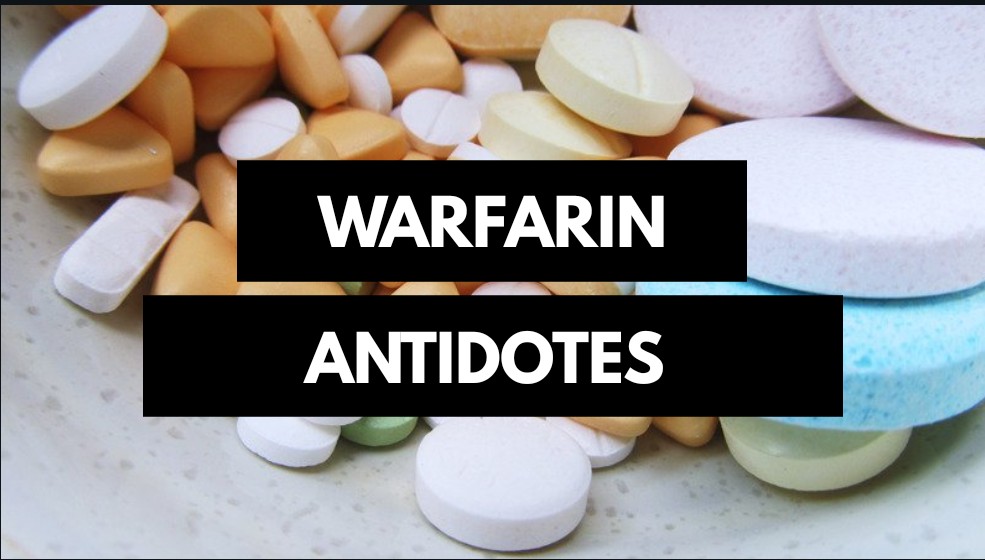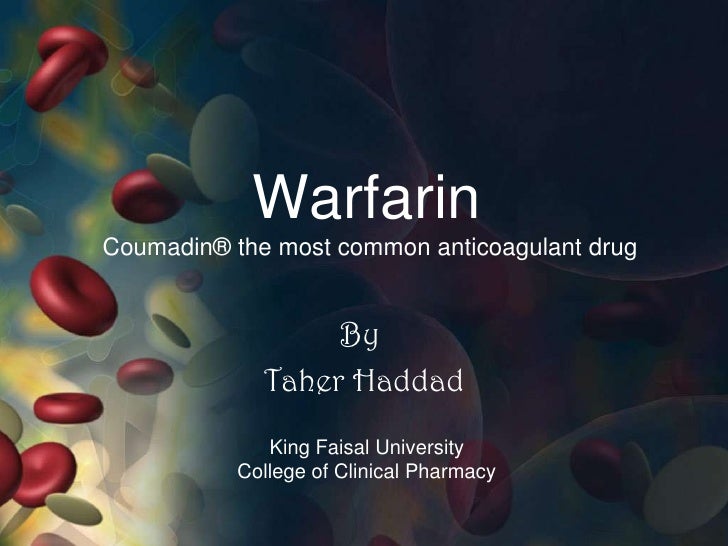

Compounding pharmacies may be found by contacting The International Academy of Compounding Pharmacists (28 or Professional Compounding Centers of America, Inc. Various compounding pharmacies across the country supply many of these antidote products. In an emergency, human prescription drugs (e.g., Digibind, Desferal, Narcan) may be obtained from a hospital emergency room. Similarly, some antidotes are made by only one company and may be made in intermittent batches. Certain older drugs, such as atropine and apomorphine, on which there is no patent, are sometimes unavailable because it is not commercially worthwhile for manufacturers to maintain continuous production of these drugs. Some antidotes must be used “off-label” because they are licensed only for human use or only for large animal use.

The suppliers named are suggestions only and may be relevant only to the United States. Monoacetin (acetin, glyceryl mono-acetate), acetic acid, and ethanol Sodium fluoroacetate (1080) or sodium fluoroacetamide (1081) Table 24-1 Small Animal Poisons with Specific Antidotesĭimercaprol (= BAL, British antilewisite)Ĭalcium disodium EDTA, with or without dimercaprol or D-Penicillamine or DMSA, Succimer, dogsĬalcium disodium EDTA or D-Penicillamine, or DMSA

Antidotes that work by preventing absorption are dealt with in a separate section. These antidotes are discussed in alphabetical order below. Excluding venoms, which are covered later in this chapter, significant small animal poisons for which specific antidotes exist are listed in Table 24-1. Many antidotes are potentially toxic and should be used with care and only when the diagnosis has been confirmed. The use of an antidote does not lessen the importance of thorough detoxification or of supportive therapy.

Pamidronate disodium is an example of an antidote that reverses the specific toxic effect of the poison, cholecalciferol. Another way to block a metabolic pathway is to provide an alternative substrate for the enzymes involved examples include giving ethanol for ethylene glycol toxicosis or acetates for sodium fluoroacetate (1080) poisoning. Fomepizole is an example of an enzyme inhibitor, which blocks the metabolic pathway that activates the poison. For example, chelators react directly with metals, and atropine competes with organophosphates for muscarinic receptors. Antidotes react with the poison or its receptor or interfere with its metabolic or specific toxic pathway. Specific antidotes exist for relatively few poisons.


 0 kommentar(er)
0 kommentar(er)
